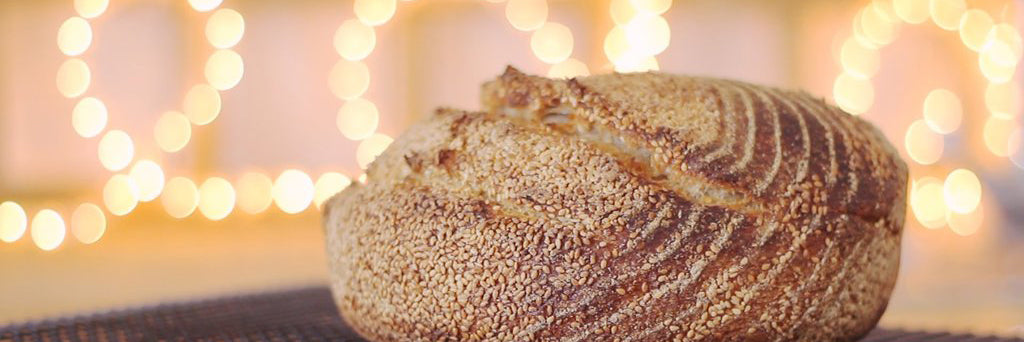Your Basket is Empty

Sourdough FAQs
-
The simple answer is that it doesn’t matter; however, we have learnt several things in our sourdough culture journey. Rye flour is the best for maintaining a stable culture, wholemeal flours are generally better than white or brown flours. For us is that it is important to match the flour type with the bread to be produced, for example, sourdough spelt bread would be made with a spelt derived culture and the same would apply to rye bread.
-
With regard to the sourdough culture expanding, this is a good sign and shows that it is lively. Refrigeration (hibernation) will retard its activity. If its liveliness becomes a matter of concern then the best way to deal with it is to lose some of the culture, replace the volume lost with flour and water, 50/50 and put it back in the fridge. Of course you could always make some dough or pancakes, or give some of your culture away instead of wasting it but as always it needs to fit in with your needs.
-
This is what I would do, lose 50% of the culture and replenish it with fresh flour and water, allow to ferment for at least 4 hours in an ambient temperature, with the lid open. This may be enough; you can then either use it or refrigerate it. In severe cases you may need to repeat the exercise to re-energise it. Alternatively you could bin it and order more from us, see the website.
-
Keep the sourdough culture refrigerated if not using straight away, this will retard (hibernate) it. Sourdough culture is a living thing and whilst its needs are simple they need to be understood and nurtured accordingly. When you want to use the culture remove from the fridge the day before and give it a kick by adding and mixing in 75g flour (wholemeal best, but not essential) and 75g of warm water, keep at room temp, so that it goes into the dough feeling fresh and perky. Make up the quantity after use, with equal parts flour & water, to maintain original consistency; refrigerate and repeat the cycle. a month would be the probable max for leaving in the fridge and doing nothing with it save the above, what we do is use the culture in things like pancakes and blinis and keep it topped up by replacing like for like quantities. On Page 135 of the first Fabulous Baker Brothers book Tom explains all and especially how to restart the culture if it all goes horribly wrong.
-
There are three things that might help, ensure that the bread is fully baked, secondly, five minutes before the end of baking open the oven door slightly and leave it open to let the steam out. Thirdly, place the bread on a cooling rack away from the heat of the oven, to cool.
-
It is the baker’s dilemma; you will find that in time you get more adept at working the dough so that your hands, become clean as it were. Two things might help, try kneading for a longer period, and add small amounts of flour until you get the clear dough that you desire. -
Somewhere cool but covered would be the best solution for overnight proving. However, it is becoming clear that this is the most difficult stage for novice bakers to get right. Increasingly, because there are so many variables at this stage, I am encouraging people to find a way to reduce the proving time, until they are competent to get the conditions right for leaving overnight. A simple test is to wet your finger and depress the surface of the loaf gently, if it springs back, leave to prove for longer, if it stays depressed then get the loaf into the oven.
-
The answer is yes, you may have to adjust the water slightly, and rye bread is usually better if the dough is really wet.
